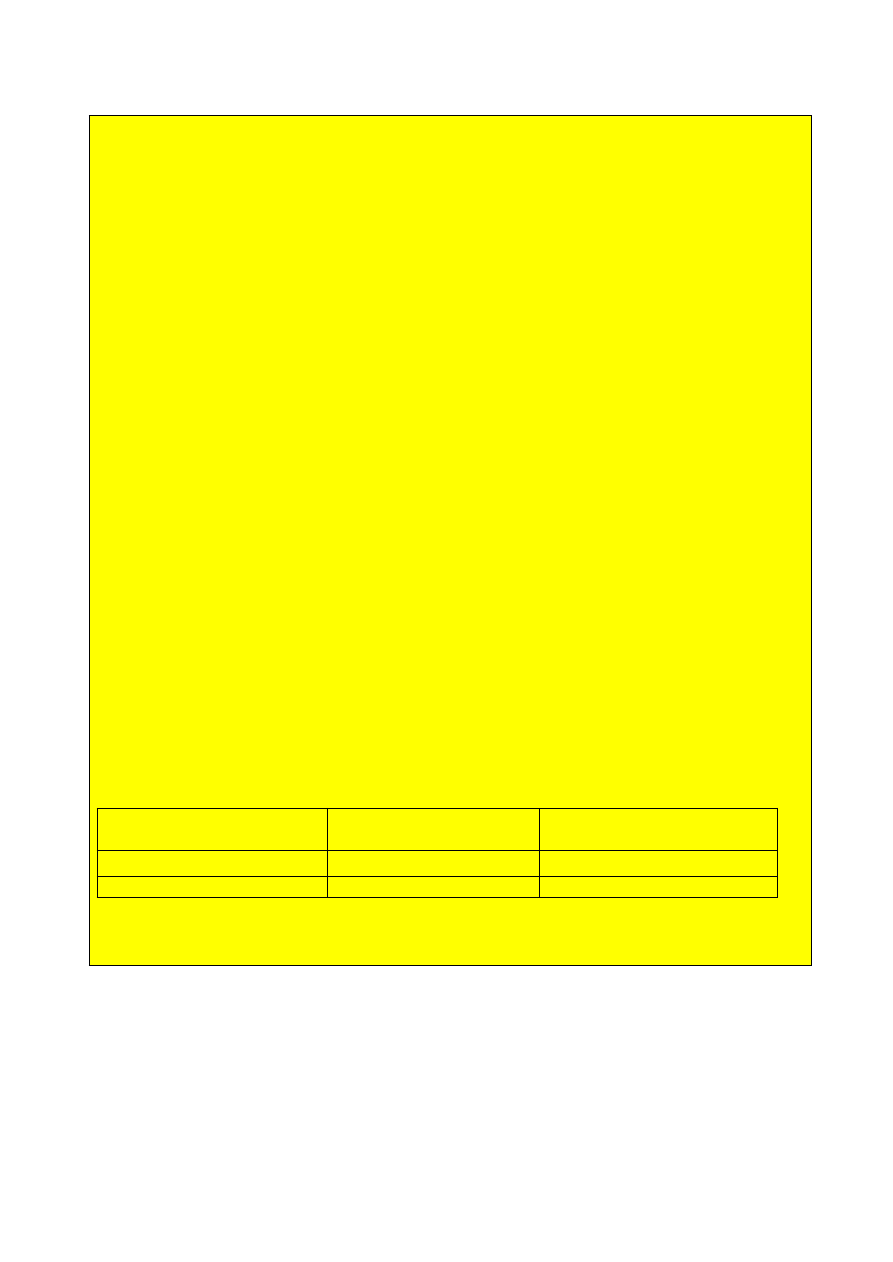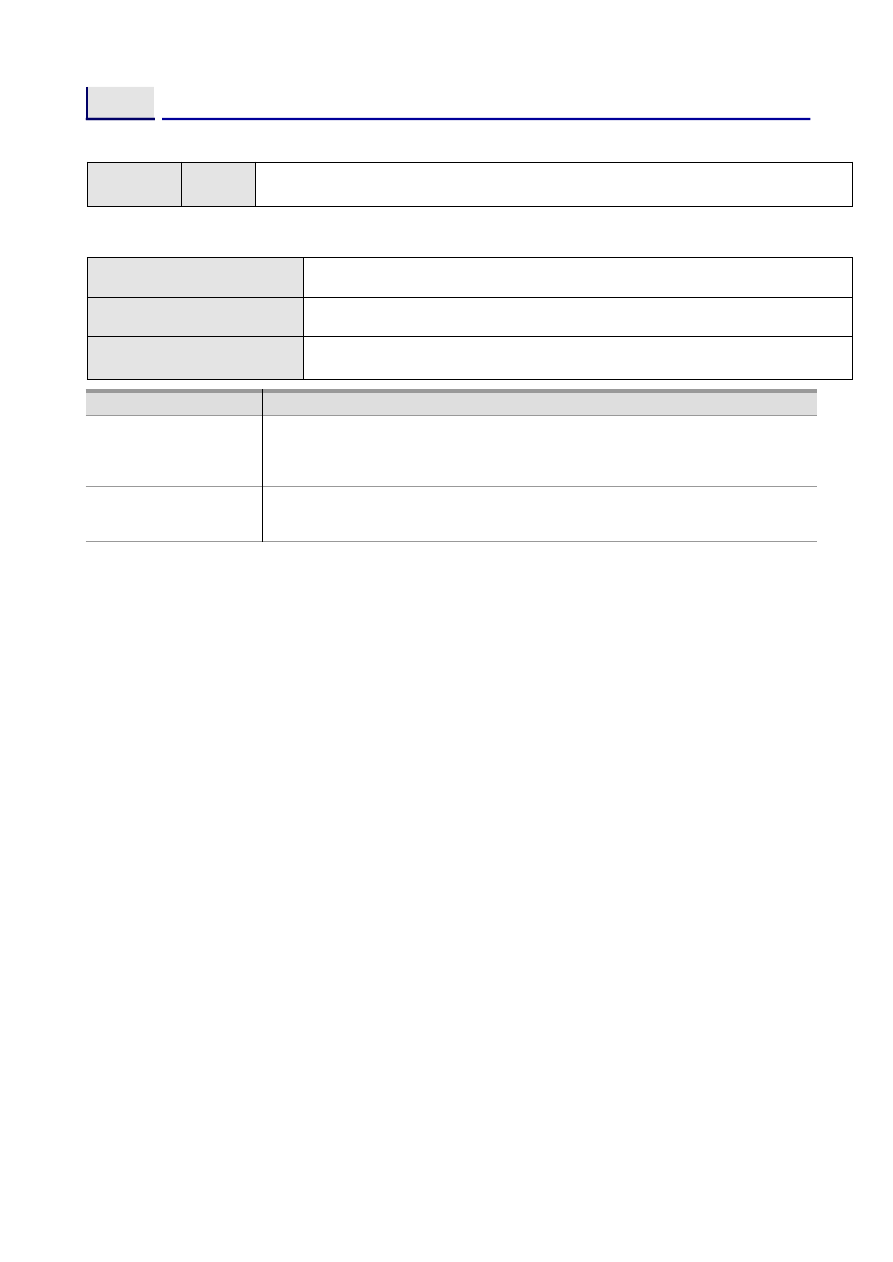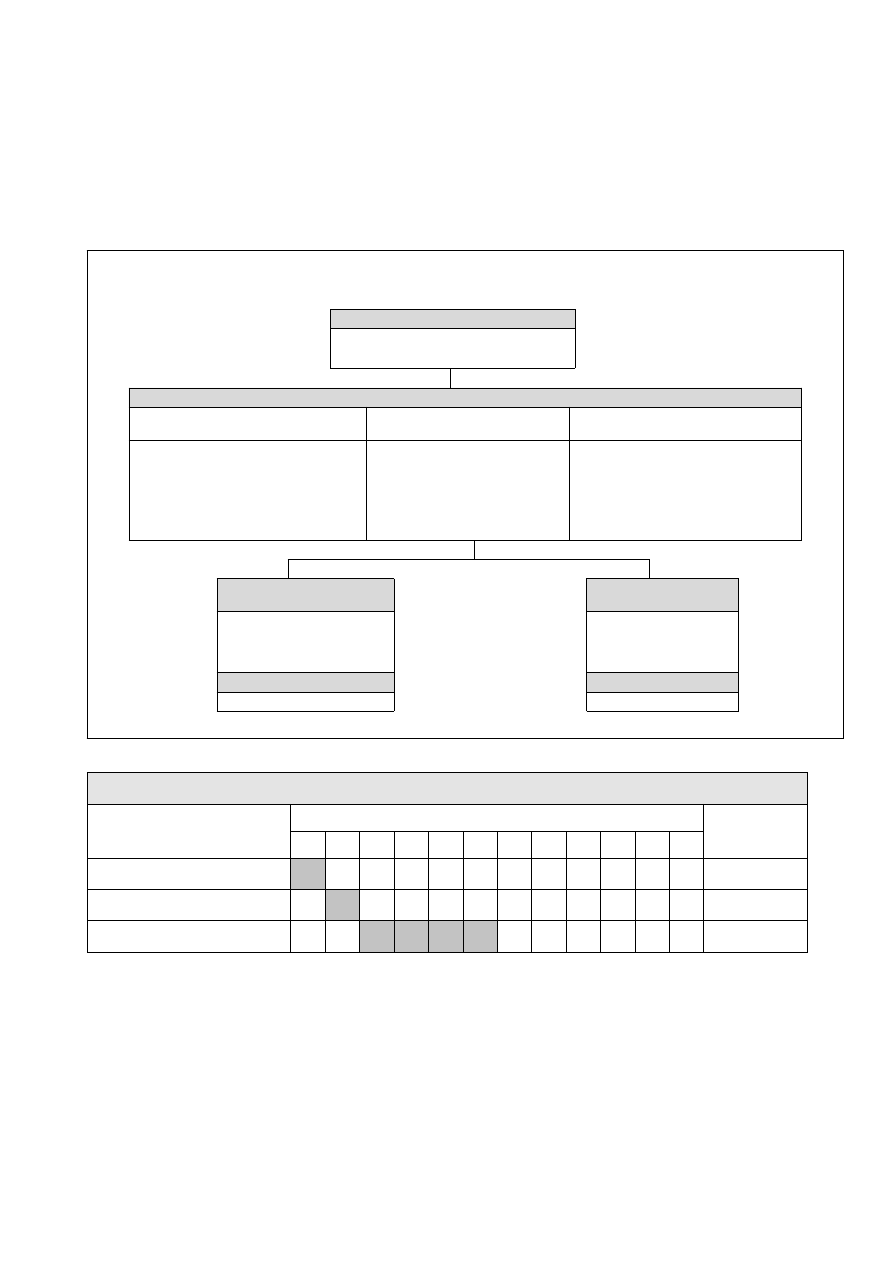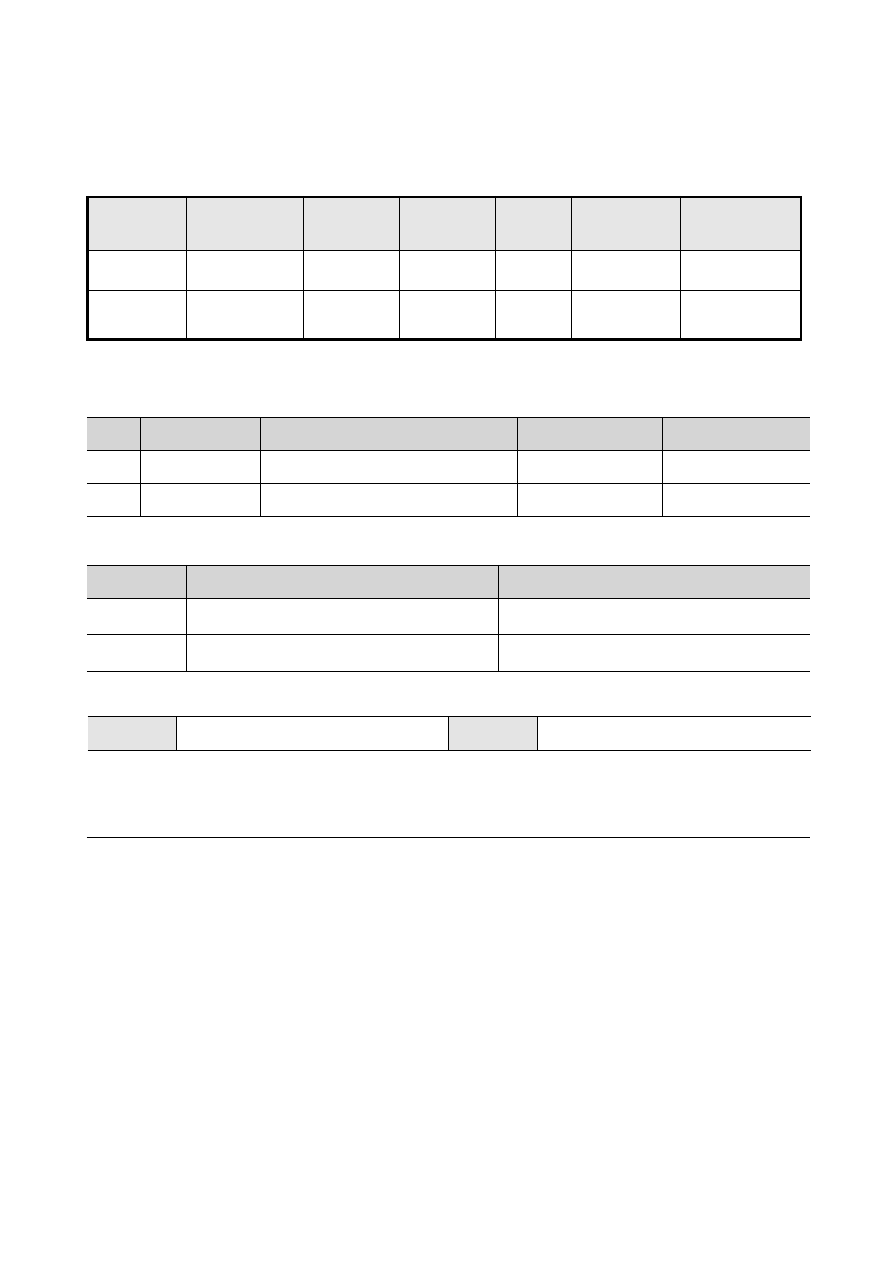
- 1 -
Ⓒ R&D Plan(Main Doc1)
- This form is for Part 1 of the R&D plan, which
researchers
complete
and
attach
to
the
government-wide
integrated
research
support
system.
- Ensure to check the final form attached to the
project announcement according to the National
R&D Innovation Act Enforcement Rules.
- This page is unnecessary for submission and
should be deleted before completion.
- Refer to the table below for the total research
period and months, aligning the fiscal year for the
"Plan for Using R&D Budget" in the IRIS system.
- R&D budget status: Enter in units of thousand
won.
S.Korea
– EU Cooperation
Promotion Project
R&D Period
Budget
Total R&D Period
2024.10.01.∼2025.09.30.
25,000 thousand Won
Current R&D Period
2024.10.01.∼2025.09.30.
25,000 thousand Won
※ The above schedule is subject to change bassed on project progress.

- 2 -
< Body 1 >
Project
name
Korea
n
< EvaLuation Panel and SpeciaLized Filed(Applying Field)>
심사분과
Evaluation Panel
전문분야(접수분야)
Specialized Filed(Applying Field)
Applying Field
(Annoucement)
Classification
Content
Evaluation panel
Choose one from the five academic classifications by the National Research Foundation
(Natural Sciences, life Sciences, Medical Sciences, Engineering, ICT and Convergence
Research).
Specialized
Filed
(Applying fields)
Select the appropriate evaluation field for the research plan content from the detailed
RB (Research Board) options under the application field (CRB).
R&D Plan PART2(Writing format)
Body
1

- 3 -
Table of contents
1. Overview and importance
······························································································································
2. Goals and Content of R&D
····························································································································
3. Details, Methods, Implementation System, and Schedule of the R&D Project
··························
4. International Joint Research Plan
···············································································································
5. Utilization Plan and Expected Effects of R&D Outcomes
··································································
6. Implementation Plan for R&D Safety and Security Measures (submitted at the
time of R&D project agreement)
·······························································································································
··················
7. Commercialization Strategy and Plan for R&D Outcomes
·····································································································································
··················································

Instructions (Delete upon submission)
- 4 -
1. Necessity of R&D
1) Overview and importance
2) Domestic and international status of the research target
3) Content and results of previous research (if applicable)
2. Goals of R&D Project
1) Final and detailed goals
Final Goal
detailed Goal
2) Key evaluation points for the final review (combined qualitative and quantitative, set approximately 5
per year with a total weight of 100%)
Classificatio
n
Annual
Main points of inspection/evaluation
Weight
Related targets
Final
Evaluation
-
3) Basis for setting inspection/evaluation main points
Evaluation focus
Basis for setting goals
○ Necessity of R&D: Articulate the necessity for this research and development project by addressing the current state, issues, and
future prospects both domestically and internationally. Clearly outline the importance and need for domestic R&D in this context. If
applicable, describe previous research conducted by the principal investigator or participating researchers that is closely related to
this project.
○ Objectives of R&D: Clearly define the research and development objectives by categorizing them into final objectives, detailed
objectives, and annual objectives.
○ Evaluation Criteria: Establish around five qualitative and quantitative evaluation criteria. These criteria will be used to assess the achievement
of research objectives during the final evaluation. While performance targets such as publications and patents are acceptable, ensure to
include representative evaluation criteria that demonstrate the excellence of the R&D. For quantitative evaluation criteria, specify the
conditions and environments of the research and experiments.
○ Basis for Setting Evaluation Criteria: Provide a rationale for each evaluation criterion and annual objective, referencing the current
technological level both domestically and internationally.

Joint R&D Institution
Name
Principal Investigator (○○○)
and a total of
○○ researchers
Assigned R&D Content
Joint R&D Institution Name
Principal Investigator (○○○) and
a total of ○○
researchers
Assigned R&D Content
large Enterprises, Mid-sized
Enterprises, Smal and Medium
Enterprises, Universities,
National/Public Institutes,
Government-funded Research
Institutes, Others
Number of Participating Researchers
Development Institution
Participation Status of Main Research and Development Institution
Name of Main Research and
Category
Visual y represent the implementation system, methods, and procedures for performing the R&D project. If the project is
divided into phases, provide details for each phase separately.
Total Participating Researchers Principal Investigator
(○○○)and a total of ○○ researchers
- 5 -
3. Project Implementation Details, Methods, Framework, and Schedule
1) Project Implementation Details and Methods
a. Project Implementation Details and Methods
b. Research and Development Objectives
2) Implementation System (Illustrated Diagram)
3) Implementation Details and Schedule
1st year
Content
Schedule
Responsible
person
(Institution)
1
2
3
4
5
6
7
8
9
10
11
12
e.g.: Planning and data
collection
Drafting Design Drawings
Test Equipment

- 6 -
4. International Joint Research Plan
1) Background and Necessity
2) Status of Foreign Principal Investigator and Participating Researchers
(1)Personal Information of Foreign Principal Investigator
Country
Researc
h
Instituti
on
Name
Major
Position
Remarks
(2)Major History of the Foreign Principal Investigator (key papers, awards, major career highlights)
(3)Major History of the Foreign Principal Investigator (key papers, awards, major career highlights)
#
name
Affiliation/team
Position
Major
3) Research Scope and Role Division Among Collaborating Institutions
Research
Objective
Korea resident researcher’s role
Non-Korea resident researcher’s role
4) Matching Funds from Foreign Partner (if applicable)(if applicable)
Cash
In-kind
○ Specify both cash and in-kind contributions in Korean Won, including the original currency and exchange rate
- Annual research funds and brief itemized budget from the foreign partner:
- Funding organization and program name for the foreign researcher:
5) International Cooperation and Exchange Plans (specify details such as personnel exchanges, jointly organized
seminars, etc.)
6) Research Outcomes Sharing and Distribution Plans (specify the extent of sharing and the distribution plan for
research outcomes)

○ Implementation Methods and System for R&D
- Implementation Methods: Describe the methodologies (approach) to be applied for collecting technical
information, securing experts, collaborating with other institutions, achieving R&D goals, and solving
problems.
- Implementation System: Illustrate the implementation system for achieving the final R&D goals, considering
both domestic and international standards and conditions.
○ International Joint Research Plan
- Provide the personal information of the foreign principal investigator.
- Describe the usage of research funds, research personnel, research facilities, role division in joint
research, and international cooperation exchange plans.
○ Utilization Plan and Expected Effects of R&D Outcomes
- Utilization Plan:
- Detail the expected fields of application and utilization plans, including commercialization, additional
research, and technology transfer.
- Describe how the outcomes will secure future core technologies and link to applied research for
national and industrial benefits.
○ Expected Effects: Describe the technological, economic, and social ripple effects of the research outcomes, and their contribution to
national science and technology strategy fields.
- 7 -
5. Utilization Plan and Expected Effects of R&D Outcomes
1) Utilization Plan for R&D Outcomes
2) Expected Effects of R&D Outcomes
Instructions (DeLete upon submission)

Instructions (DeLete upon submission)
- 8 -
6. Implementation Plan for R&D Safety and Security Measures (submitted
at the time of R&D project agreement)
1)
Safety Measures Implementation Plan
2)
Security Measures Implementation Plan
3)
Implementation Plan for Other Measures
a. Safety Measures Implementation Plan: Designation and operation of a safety officer, implementation of safety
education, and plans for reporting and responding to safety incidents. Include emergency
response procedures and actions. If necessary, describe compliance with relevant safety
standards, regular and special safety inspections during and after the R&D project, and
plans for conducting detailed safety diagnostics.
b. Security Measures Implementation Plan: Security education for researchers, security measures for research
facilities and management systems, and security measures for projects conducted jointly
with foreign individuals, institutions, or organizations. Include measures for preventing
and responding to security incidents according to Article 45(2) of the relevant law.
c. Implementation Plan for Other Measures: Include details on facilities for research involving genetically modified
organisms and import notification status, as well as any other safety and security
measures required for the specific R&D project.

Instructions (Delete upon submission)
- 9 -
7. Commercialization Strategy and Plan for R&D Outcomes
(if
applicable,
selectively
apply
items
based
on
the characteristics
of
the R&D
project:
can
be
deleted
if
not applicable)
1)
Domestic and International Market Trends
(1)Domestic and International Market Size and Import/Export Status
(2)Major Domestic and International Demand Sources
(3)Status of Domestic and International Competitors and Technologies
2)
Intellectual Property Rights, Standardization, and Certification Criteria Status
3)
Standardization Strategy
4)
Commercialization Plan
(1)Commercialization Strategy
(2)Investment Plan
(3)Production Plan
(4)Overseas Market Entry Plan
(5)Expected Effects of Commercialization
a. Domestic and International Market Trends: Describe market trends directly related to the technology/product to
be developed through the R&D project.
1) Domestic and International Market Size and Import/Export Status: Separate into domestic and international
markets, and describe the current and expected market size and
import/export status at certain points after the project’s completion.
2) Major Domestic and International Demand Sources: list major domestic and international demand sources,
including names, countries, demand volumes, and related products.
b. Status of Intellectual Property Rights, Standardization, and Certification Criteria: Describe the status of relevant
intellectual property rights held by domestic and international
institutions and competitors.
c. Standardization Strategy: Describe the standardization strategy related to the technology/product to be developed
through the R&D project, both domestically and internationally.
d. Commercialization Plan:Detail the commercialization plan by each research and development institution
1) Commercialization Strategy: Describe the promotion, market development, and sales strategies for the
technology/product to be developed through the R&D project.
2) Investment Plan: Outline the investment plan of the research and development institution for the
commercialization of the technology/product to be developed through the R&D project.
3) Production Plan: Detail the production plan for the product to be developed through the R&D project.
4) Overseas Market Entry Plan: Describe the overseas market entry plan for the product to be developed through
the R&D project.
5) Expected Effects of Commercialization: Explain the employment creation effects, economic contributions, social
value contributions, and regional ripple effects of the commercialization of the
technology/product to be developed through the R&D project.